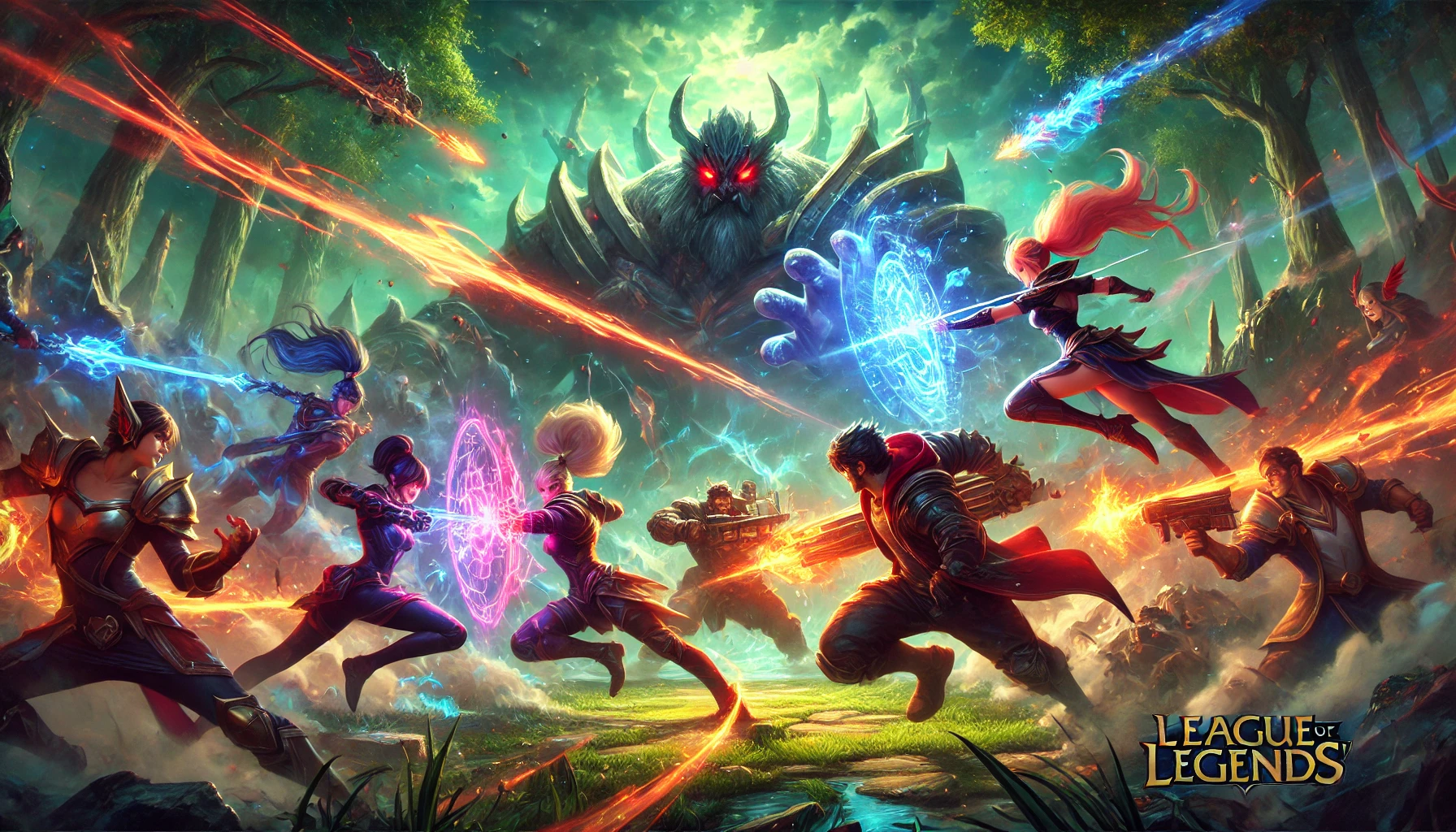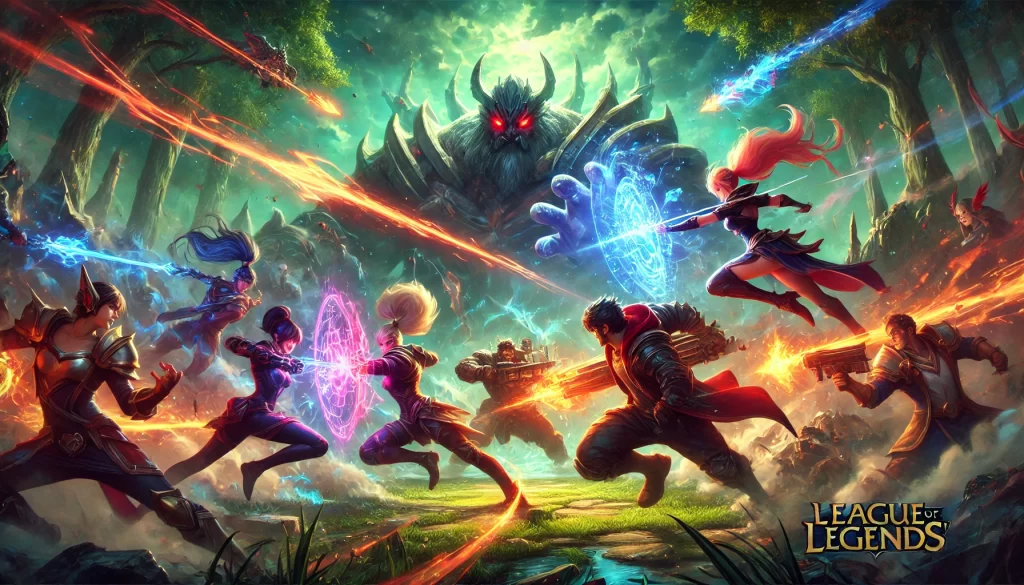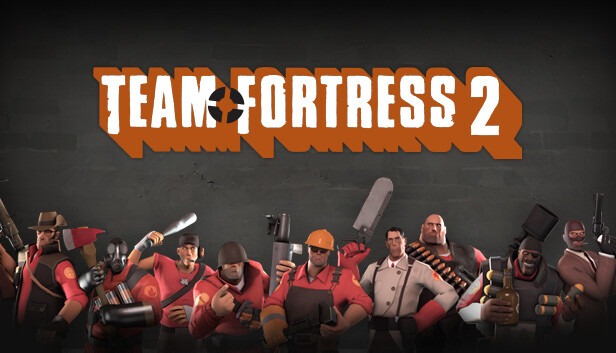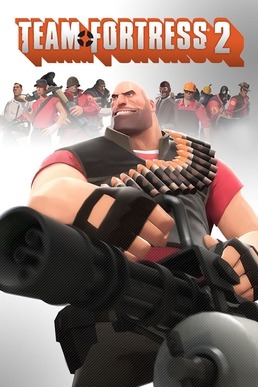Mastering the Art of Communication, Synergy, and Strategy on the Rift
In League of Legends, individual skill will only get you so far. No matter how perfectly you land skill shots or how hard you stomp your lane, winning the game ultimately comes down to teamwork. Whether you’re playing solo queue in ranked hell or coordinating with a five-man stack, team coordination can make the difference between a dominant victory or a frustrating defeat.
But let’s be real—League players aren’t exactly famous for flawless teamwork. In a game filled with ego, tilt, and questionable decision-making, coordinating with four random teammates can feel like an uphill battle. Still, understanding team dynamics, effective communication, and strategic playstyles can give you an edge over the chaos and help you carry games through sheer coordination.
So, whether you’re a macro mastermind or a low-Elo player wondering why your teammates never group for Baron, this guide will break down everything you need to know about team coordination in League of Legends.
1. Communication: The Backbone of Team Play
A. The Art of Pinging Without Tilting Your Teammates
Pings are the fastest and most effective way to coordinate with your team, but they’re also a double-edged sword—use them poorly, and you’ll tilt your team into oblivion.
Best Practices for Effective Pinging
✔ Danger Pings (⚠️) for Enemy Movement – Don’t spam them mindlessly; one or two is enough to warn teammates.
✔ Assist Me (❗) for Objectives – Use it to signal dragons, towers, or Baron calls.
✔ On My Way (🚶) Before Engaging – Let teammates know you’re rotating or committing to a play.
✔ Enemy Missing (❓) to Warn About Roams – Don’t assume everyone watches the minimap—remind them.
🚨 What NOT to Do:
✖ Spam pings aggressively when a teammate makes a mistake—this only increases tilt.
✖ Use Danger pings to mock teammates (e.g., “⚠️⚠️⚠️” on a jungler after a missed Smite).
✖ Ping objectives after it’s already too late—timing matters.
B. Text Chat and Voice Comms: How Much is Too Much?
Should you use text chat in solo queue? Yes, but sparingly. If you type too much, you risk falling behind in farm or map awareness.
When to Use Text Chat:
✔ Game Plan at the Start: “Our win condition is late game, let’s play safe early.”
✔ Objective Calls: “We take Dragon after bot lane gets a kill.”
✔ Cooldown Tracking: “Zed Flash down 10:40—punish him.”
🚨 What NOT to Do in Chat:
✖ Blame Teammates Mid-Game – No one plays better when they’re tilted.
✖ Demand Plays Constantly – “Gank my lane” spams never work.
✖ Argue About Mistakes – Instead of “Why didn’t you peel?”, say “Let’s focus Jinx first next fight.”
2. Understanding Win Conditions and Team Comps
You can have the best mechanics in the world, but if you don’t understand your team’s win conditions, you’ll struggle to close out games.
A. Identifying Win Conditions
Every game has a path to victory—but it’s different based on the team composition.
✔ Scaling vs. Early Game Comps – If you have Kayle, Kassadin, and Jinx, play defensively early and stall for late game. If you have Renekton, Lee Sin, and Lucian, you need early kills and objectives before you fall off.
✔ Split-Push vs. Teamfight Comps – If you have a Fiora or Tryndamere, make space for them to push sidelanes while the rest of the team pressures other areas. If your team has Malphite, Orianna, and Miss Fortune, group for wombo combos.
✔ Objective Control vs. Pick Comps – Teams with Thresh, Elise, and LeBlanc thrive on picking off enemies before big fights. Teams with Nunu, Janna, and Viktor play better controlling objectives.
🚨 Common Mistake:
Trying to play a scaling comp like an early-game comp or forcing teamfights with a split-push comp—match your playstyle to your team’s strengths.
3. Teamfight Coordination: How to Not Int Run It Down Mid
A. Positioning and Engaging
✔ Front-to-Back Fighting – Tanks (Ornn, Sejuani) soak damage first, while ADCs and mages attack from the backline.
✔ Flank and Disrupt – Assassins (Zed, Rengar) and divers (Hecarim, Diana) attack the backline at the right moment.
✔ Peel for Carries – Supports and bruisers (Lulu, Tahm Kench, Braum) protect high-damage teammates.
🚨 Common Mistakes:
✖ Engaging 1v5 Without Backup – A support Alistar flashing in alone is a one-way ticket to the death recap screen.
✖ Diving a Tank Instead of a Carry – Focus squishy damage dealers before wasting cooldowns on a 5000 HP Cho’Gath.
4. Mid-Game & Late-Game Shotcalling: Who Should Lead?
If no one on your team takes the initiative, you risk getting out-macro’d by a team that does.
A. How to Shotcall Without Being Annoying
✔ Ping a Plan, Not a Demand: Instead of “DO BARON!”, say “Baron after bot wave pushes.”
✔ Recognize When to Group vs. Split: If your fed Tryndamere is split-pushing, don’t 4v5 fight without him.
✔ Use Objective Timers to Your Advantage: Tracking Dragon & Baron spawns wins games.
🚨 Common Shotcalling Mistakes:
✖ “JUST GROUP” When It’s Not the Right Play – Some comps don’t win teamfights and need to split-push instead.
✖ Late Rotations – Calling Baron when your jungler is dead is a disaster waiting to happen.
Final Thoughts: Climbing with Team Coordination
Mastering team coordination in League of Legends takes game knowledge, awareness, and adaptability. Whether you’re stuck in Gold or climbing to Diamond, improving your communication, shotcalling, and teamfight execution will help you win more games, tilt less, and maybe—just maybe—keep your sanity intact.
Want to discuss more strategies, flame your teammates in peace, or share insane pentakill clips? Join the League of Legends group on Absurd.link and start the conversation!





